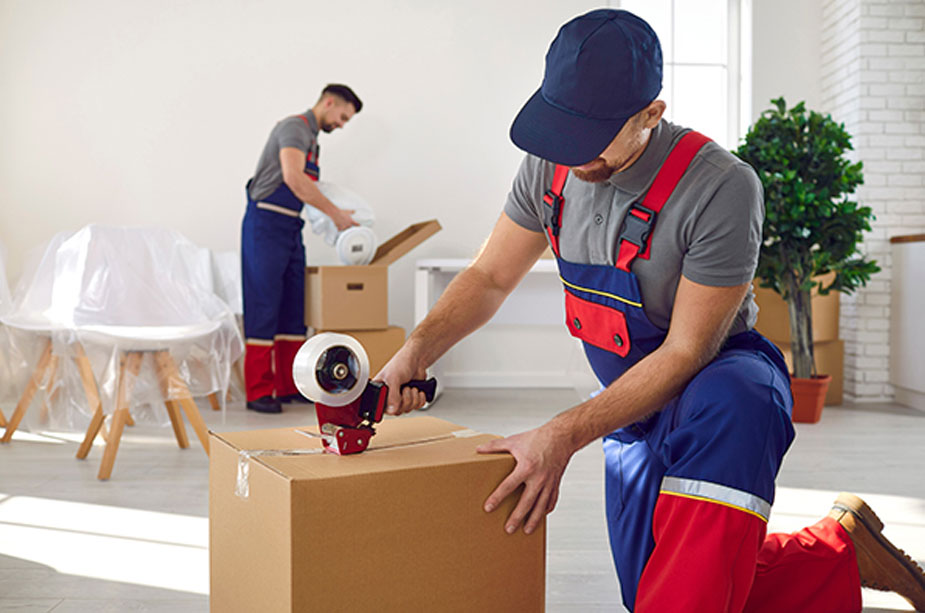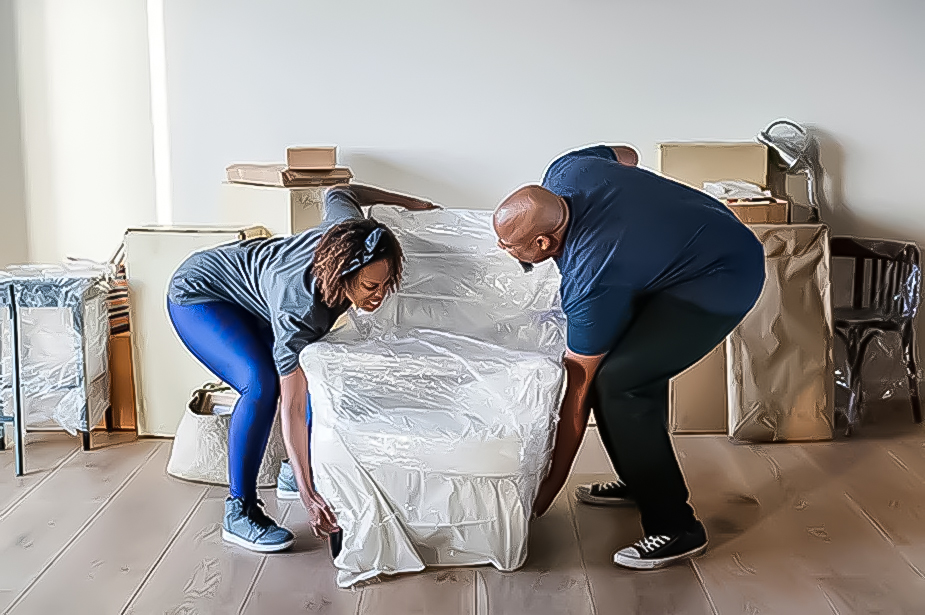Moving into a new home is exciting, challenging, and a lot of work. To make things go smoothly, we’ve got a new home move-in checklist for you to use when preparing for a new home move-in.
#1: Confirm Your Move Date
First things first – confirm your move-in date. Whether you need to schedule with a landlord or sync the move date with a closing on a new home, make sure you confirm your move-in date before you book your moving company.
#2: Update Your Address
Be sure to notify the USPS of your new address so they can forward your mail when you move. To ensure you keep getting your mail, change your address with your credit card companies, utilities, banks, schools, and the DMV.
#3: Book a Cleaning
No one wants to move into a dirty house. So before you move into your new home, consider scheduling a cleaning with a reliable house cleaning company. Whether you do it yourself or hire professionals, clean up before the movers arrive rather than scrambling while they’re there.
#4: Connect Services
Don’t forget to change over your utilities, including gas, water, and electricity, plus cable or satellite TV, and internet provider before you move. You may not have everything connected as soon as you move in, but you’ll be able to get it done sooner if you schedule before the move.
Moving to a new home can be stressful, but preparing your new home for move-in can reduce the stress and make your arrival much better. For more information on moving checklists and preparation, contact the experienced team at Nilson Van and Storage.










